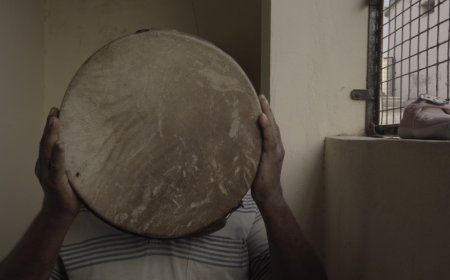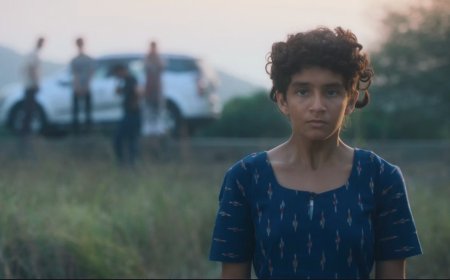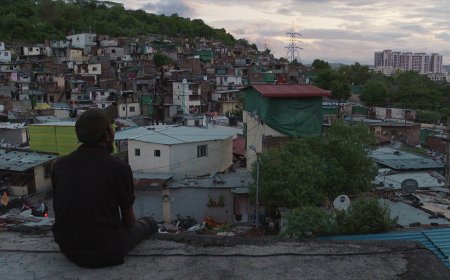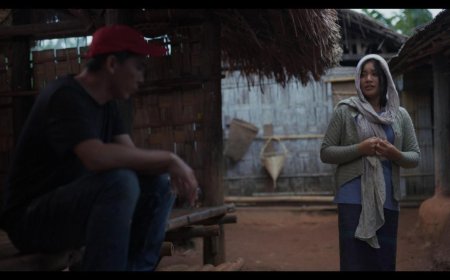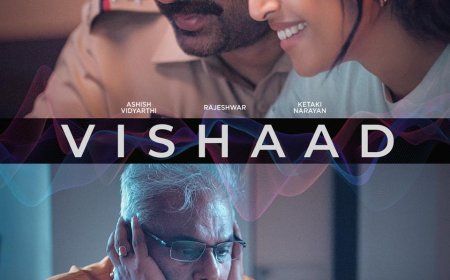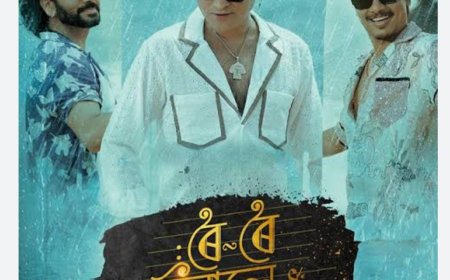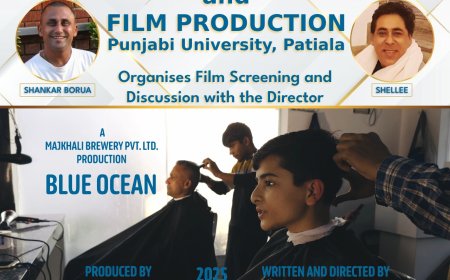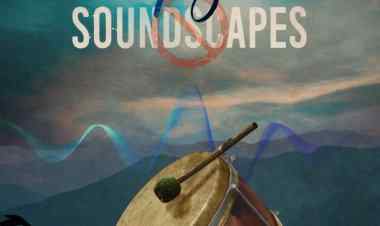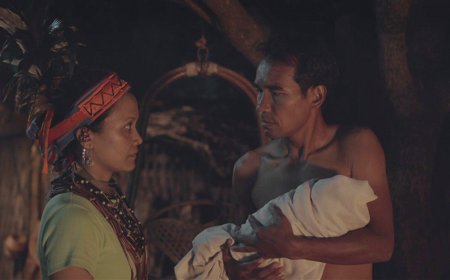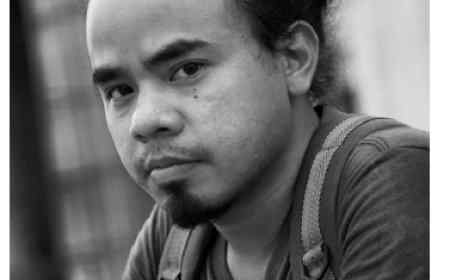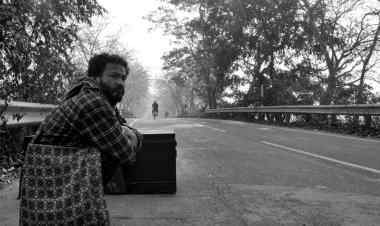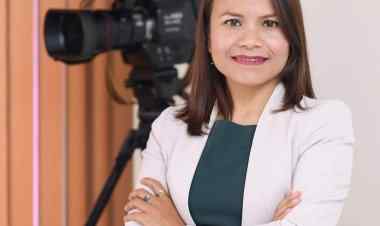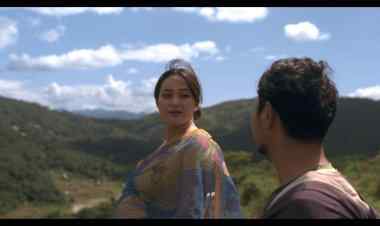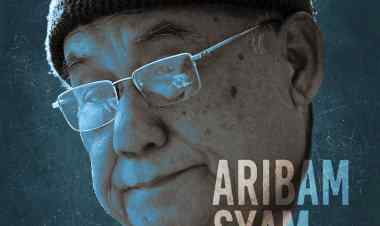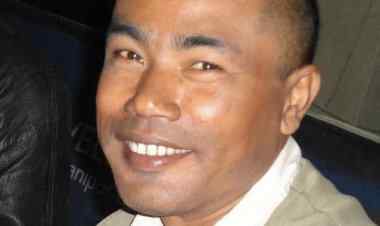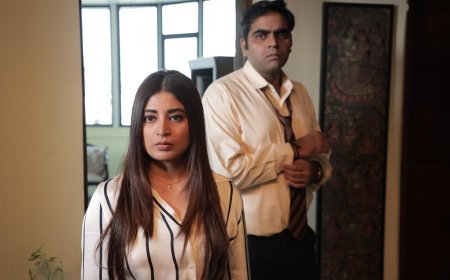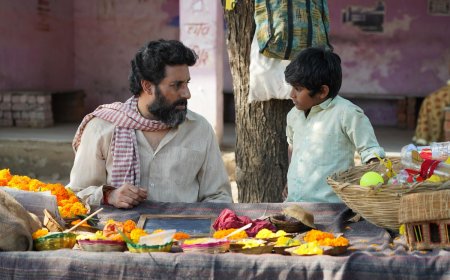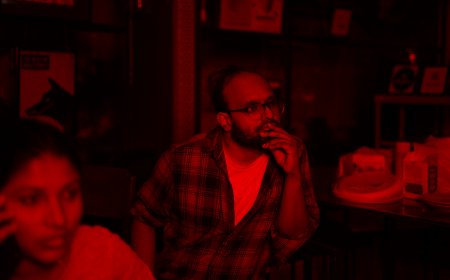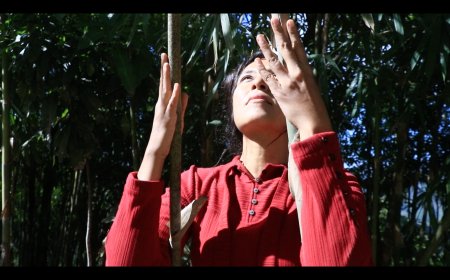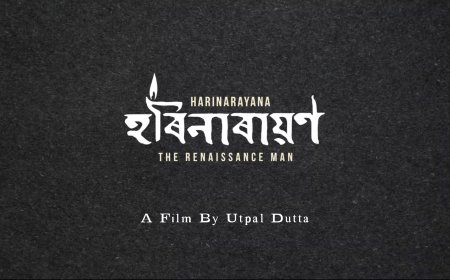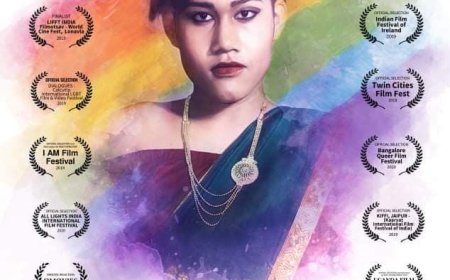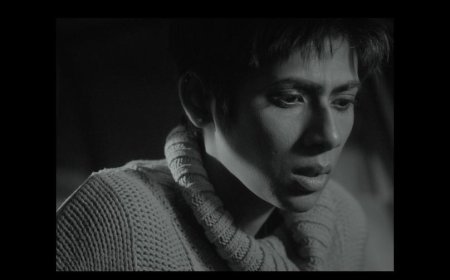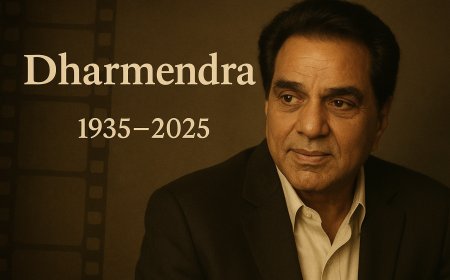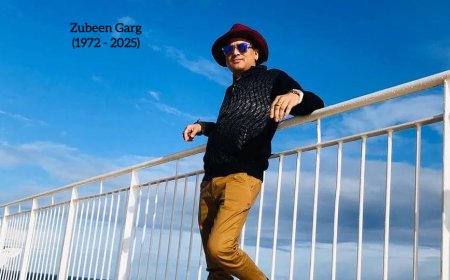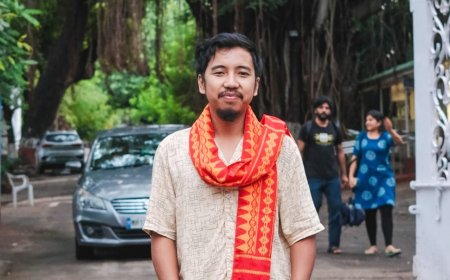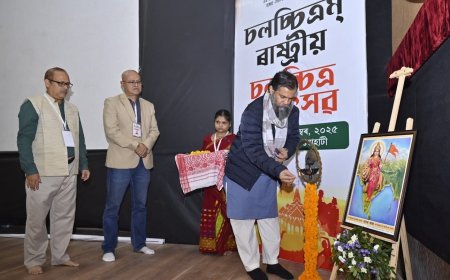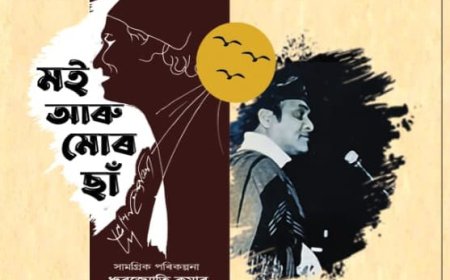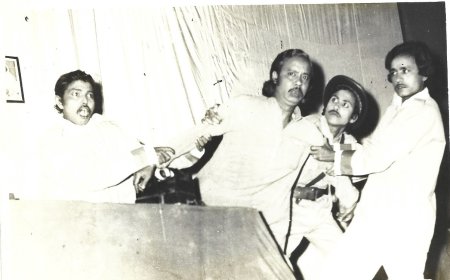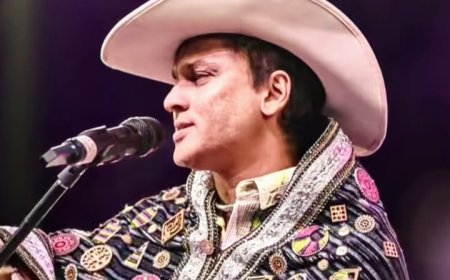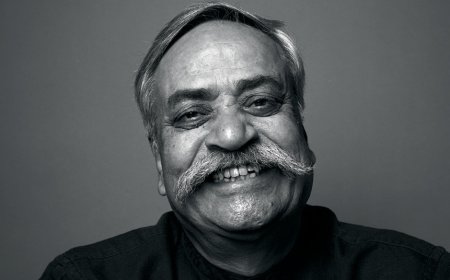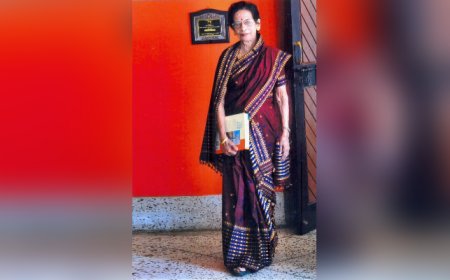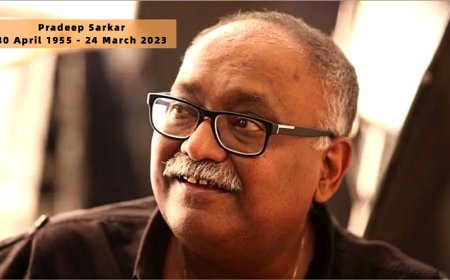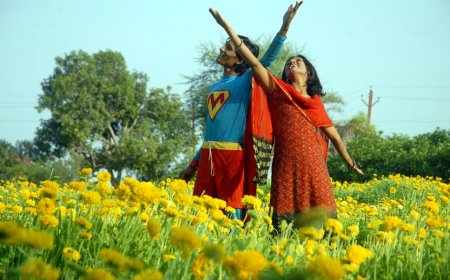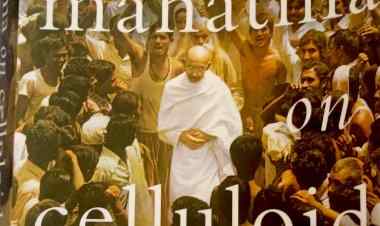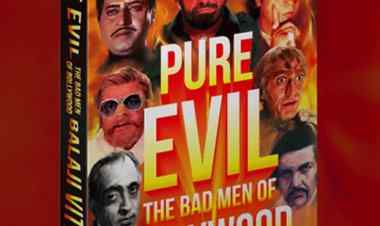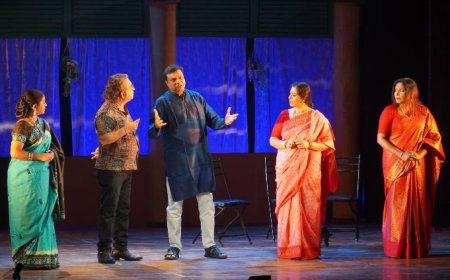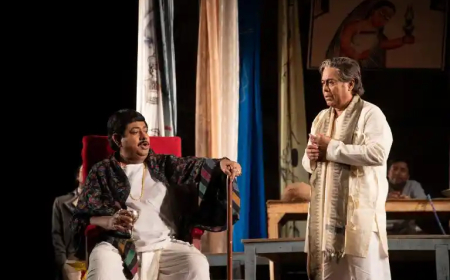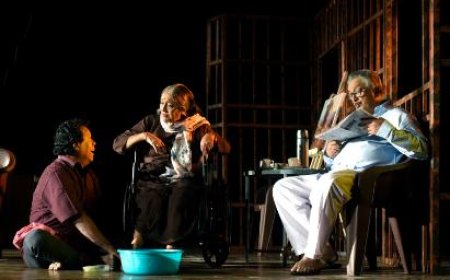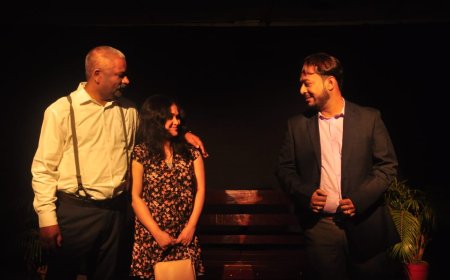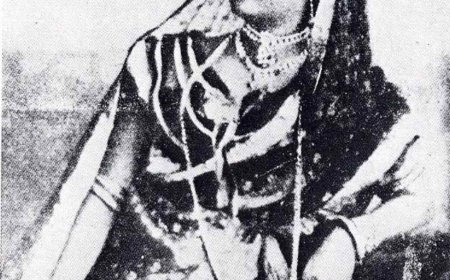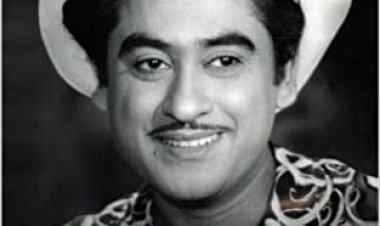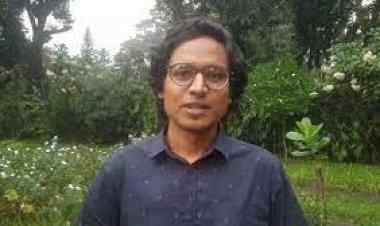SAMITA BASU : “ART FOR A CAUSE OR TWO”
Dr. Shoma A Chatterji interviews noted painter Samita Basu whose exhibition is expected in January 2025 targeted at donating the entire sales proceeds to organizations that work towards the welfare of the oppressed and the marginalised, specially women and children.
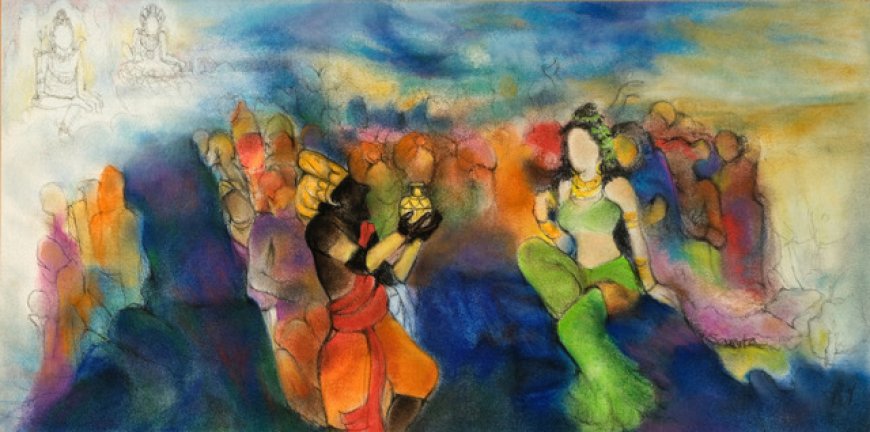
Meet Samita Basu. She is an artist committed to propagating and practicing her art for the welfare of the downtrodden, the marginal and women. Her career spans over three decades. She specialises in figurative work and portraiture and is equally proficient in oil, pastel, water-colour and charcoal though, of late, she prefers to work more with pastel and charcoal/conte pencil. At heart, she considers herself to be a storyteller, her work deeply influenced by what she sees around her and the empathy she has for the characters that dot her creative narrative, especially those less fortunate than her, particularly her female protagonists, with who she shares a special bond. Through their eyes, she reflects on the human condition and paints stories that are sometimes dark, sometimes brazen, sometimes despairing, sometimes vivacious, often inspiring but, in their telling, always truthful.
Her works spanning her evolution as an artist spread over thirty years will be on display at an art exhibition of her solo works of creative art from January 10 to January 16 2025 at Maya Art Space, Kolkata between 2 and 8 pm daily. The aim of this exhibition is to raise funds for two active and deserving charities in Kolkata, as a kind of homecoming gift to the city where her art career started over three decades ago. The entire sale proceeds(less a nominal amount of Rs. One Lakh Fifty Thousand only to cover the cost of gallery hire, framing, freight and third-party curation - by Sounak Chacraverti) will be donated to:
"Beggar Women" by Samita Basu
How do you define art from a practicing artist's point of view?
Art is a powerful way for an artist to communicate her feelings, views, imagination and her own personal journey of exploration. It is a visual narration of any experience that moves her, using the various mediums and techniques at her disposal. Because it is a personal expression, art evokes feelings just as a well-written book does. I would say a moving piece of art has a bit of the artist’s soul in it.
What according to you is the function of art?
Art, according to me, has numerous roles. Since the artist wants to communicate a particular experience in the most vivid kind of way, it's always a challenging process, every time. If you have a spectacular sky-scape in front of you, it makes you try out various shapes, forms, colours, colourlessness etc to best communicate the feeling you experience to, hopefully, get the viewer to come closest to that same feeling when they see it transposed on canvas or a piece of paper. “Art is the queen of all sciences” as Leonardo da Vinci said. If the artist is emotionally wounded, which is often true, then Art is therapeutic. She will feel better because art can be a means of catharsis.. Art throws light on a wounded soul. As it does on an ebullient and peaceful one. For a viewer, looking at a good piece of art might elevate their spirit. In another role, art mirrors the times we live in. It can become a visual narrative of history.
Do you think there can be in fine arts, a political ideology at work?
Of course, it can be at work, particularly when the artist sees the darker side of it - an experience of something horrifying or gruesome that she can only rebel against through her art. The need to protest against any inhuman act is very urgent among artists because most are humanists at heart - through their portraits of people and landscapes that are the subject of their art. They are, essentially, sensitive creatures. But then, you don't necessarily have to believe in a political ideology. Politics is not durable, unchanging. Art can be. Something like “Guernica,” for example, which was Picasso’s reaction to a particular event - the bombing of the ancient Basque capital by German allies - which he expressed in a generalised but a very durable image of man's inhumanity to man.
"Saint in Conversation" by Samita Basu
You are very fond of working around mythological figures with lord Krishna being quite prominent. Does this indicate that you are Pro -Hindu ? Put in another way, are you secular in your approach to a communal identity? Please explain.
I am a Hindu by birth. Consequently, my exposure to Hindu mythology is more than any other. If I had been educated in a Convent school I might have known more about Christianity. It all has to do with one’s growing-up environment . That is probably why my art reflects the knowledge I have of Hindu mythological stories more than any other. That does not mean I’m not secular. Measured by the same yardstick, would a conservative Christian going to Sunday church be considered non-secular?
In your works you have gradually moved from the concrete to the abstract, from form to formlessness. Was it a conscious decision on your part or was it a natural process of self -search?
Yes, I have moved from concrete to the abstract, from form to formlessness. Somewhere down the line, I wanted to break free from representational constraints. There was an interim period too, where I did faces and figurative works and, at the same time, started breaking forms and shapes with colour. Actually I was always impressed by the bold colours used by proto- Fauvist painters like Gauguin and Van Gogh, a style which was later acknowledged by fauvist painter Matisse as his inspiration, too. Both of them employed flat areas of pure colour for expressive purposes. That bit was a conscious decision on my part but then self-search is a constant in an artist's journey.
Which fulfils you more as a creative artist, form or formlessness? Please explain.
As a creative artist, I enjoy the freedom that pure colour gives me. When I allow blobs of colour to develop into some form or the other, sometimes it acts like a mental balm. It's like giving free rein to your inner world to express itself. It's extremely freeing…it gives pure joy. But to me, nothing should be done denying the value of aesthetics. When I have a story in mind, rather than adopting a specific, predetermined technique, if I could allow the work to assume its own visual form of narration, that would be an ideal situation. Without violating the principle of aesthetics that I stand by, of course.
You have worked with pencil charcoal oil and wash painting. You have never stepped into plastic art like ceramics or sculpture or cold ceramics or mosaics. Why? Correct me if I am wrong.
I was always busy experimenting with style and substance more than medium. That's perhaps why my style has become much less structured than before. But that keeps me happy.
"Address Unknown" by Samita Basu
You have repeatedly expressed your desire to commit yourself through your art to the deprived like migrants refugees etc in short people living below the margins how does this trigger work beside mythological subjects please explain.
My father, the late Mangalacharan Chattopadhyay, was a leftist poet. In fact he belonged to the then Communist Party of India. As a result, in my growing up years, I have seen in my parents a deep empathy for human beings, particularly the less fortunate ones . So I gathered a genuine well-spring of feeling for the oppressed, manipulated and confined, not necessarily in just the political sense. That feeling remained with me over the years although I must admit that after marriage I found my in-laws to be different people, “regular” people. There were Puja Paath and daily prayers at home and all that gave me a kind of peace and solace. I discovered a new aspect in me, even though I wasn't familiar with it. Perhaps I had missed something in my growing up years.
Then, I started reading translations of the Bhagavad Gita, Gita Govinda and also rediscovered the Mahabharata that contains stories of Krishna’s life. Eventually, I ended up reading a lot of other texts that provide insights into Hindu mythology and symbolism surrounding Krishna, Radha, Shiva, Parvati, Ganesh, Hanuman et al. Over the years that knowledge/information must have got internalised. That's the reason that, nowadays, I do mythological subjects along with my other work. But not entirely. It gives me a sense of peace from the darker subjects that I tackle sometimes.
You are not an academically trained artist but have trained under very good professional artists. Do you feel this is impacted on your art creations, positively or negatively?
I trained under a private tutor, on a one- teacher, one- pupil basis. My teacher was, then, a very successful commercial artist and, originally, from the Lucknow school of art and had trained under Lalit Mohan Sen and Bireswar Sen, I happened to be his only student. I got to learn everything about the techniques of various media from him, to start with, the unique Bengal school wash-technique and then, charcoal, pencil, oil and water-colour. I have no regrets for not having gone to any institution because with me as the only student, I had his 100% attention. I consider myself lucky that I had so much less to unlearn about the “grammar” of institutional education because it gave me the freedom to experiment with various styles much earlier than I may have if I’d gone the conventional route.
Portrait of Samita Basu
Your inspirations if any and why?
There have been so many, over the years, who have inspired me. But still, I think I remember Van Gogh to be the first artist who inspired me hugely because of the way he used paint directly on canvas. I remember when I first happened to see the original Sunflowers, I was mesmerised. How could an artist use the same yellow just in different tones to get that brilliant effect?. That was sheer genius to me.. Then, amongst European painters: Gauguin and later Matisse. Amongst Indian artists, Nandalal Bose, Ramkinkar, Binod Bihari, Subramanian etc are great painters but my all-time inspiration is Rabindranath Tagore. He, at the ripe old age of sixty, defied all logic, all rules and restrictions and gave free rein to his mind, intuition and perception. That is why he is Tagore.
What kind of art do you not like and why?
Mostly AI generated art that already exists, because when AI becomes even smarter, it will be difficult to assess how much of it is AI and how much of it is human endeavour. That worries me. Also, the trend to be “gimmicky” to catch attention. It has less to do with artistic talent and more thespian and performance abilities.
Where do you see yourself five years from now?
I am happy in the here and now. I live in the present, Five years before I had my first art show - a Group effort - I never thought I would be an artist by profession!
*****
What's Your Reaction?







